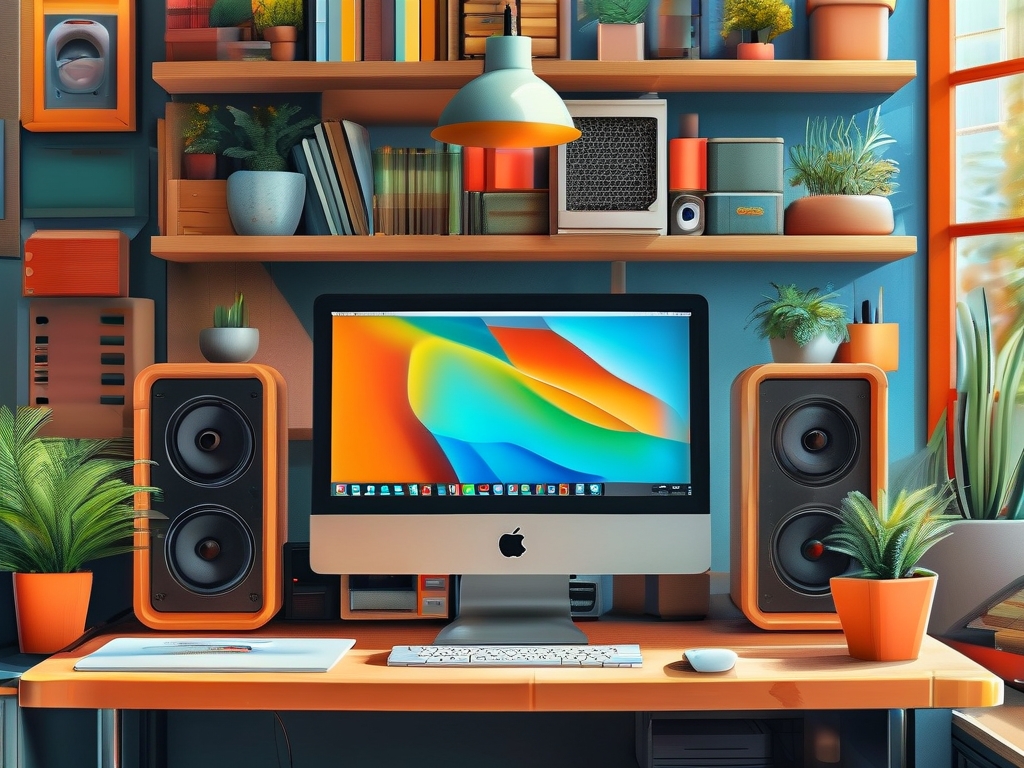Embedded desktop system development represents a unique intersection of hardware optimization and software engineering, requiring specialized approaches to deliver efficient, reliable, and user-friendly solutions. Unlike traditional desktop environments, embedded systems operate under strict resource constraints, demanding developers to balance performance, power consumption, and real-time responsiveness. This article explores the core principles, challenges, and emerging trends in this field, offering insights for engineers and tech enthusiasts.
Defining Embedded Desktop Systems An embedded desktop system refers to a computing environment tailored for specific applications, often integrated into larger hardware setups. Examples include industrial control panels, medical diagnostic interfaces, and smart kiosks. These systems combine the familiarity of desktop interfaces with the reliability of embedded architectures, enabling human-machine interactions in resource-limited scenarios. Key characteristics include:
- Deterministic Performance: Guaranteed response times for critical tasks.
- Low Power Consumption: Optimized energy usage for 24/7 operations.
- Compact Footprint: Minimal hardware requirements without sacrificing functionality.
Applications Across Industries

- Industrial Automation: Embedded desktop interfaces manage assembly lines, monitoring sensors and actuators in real time. For instance, programmable logic controllers (PLCs) often use customized GUIs to simplify operator workflows.
- Healthcare: Medical devices like MRI machines rely on embedded interfaces to display diagnostic data while adhering to strict safety standards.
- Retail and Hospitality: Self-service kiosks and POS systems leverage lightweight desktop environments to process transactions securely.
Development Challenges
-
Hardware Limitations: Embedded systems often use low-power processors (e.g., ARM Cortex-M series) with limited RAM and storage. Developers must optimize code to avoid memory leaks and ensure smooth multitasking.
-
Real-Time Requirements: Systems controlling physical processes (e.g., robotics) demand microsecond-level precision. This necessitates real-time operating systems (RTOS) like FreeRTOS or Zephyr, which prioritize task scheduling.
-
Power Management: Battery-powered devices require dynamic voltage scaling and sleep modes. Techniques such as tickless idle (disabling CPU cycles during inactivity) are critical.
-
User Interface (UI) Design: Creating responsive GUIs on low-resolution displays poses usability challenges. Frameworks like Qt for Embedded Linux or LVGL (Light and Versatile Graphics Library) help streamline UI development.
-
Security Concerns: Connected embedded systems are vulnerable to cyberattacks. Secure boot mechanisms, encrypted storage, and over-the-air (OTA) update protocols mitigate risks.
Innovative Solutions
-
Modular Software Architecture: Adopting a component-based design allows developers to reuse code across projects. For example, separating device drivers from application logic reduces debugging time.
-
Lightweight OS Customization: Linux distributions like Yocto or Buildroot enable developers to strip down kernels, removing unnecessary modules to save resources.
-
Energy-Efficient Hardware: System-on-Chip (SoC) platforms like Raspberry Pi Compute Module 4 or NVIDIA Jetson Nano offer GPU acceleration for graphics-heavy applications without excessive power draw.
-
Cross-Platform Frameworks: Tools like Flutter Embedded and Electron (with optimizations) allow unified UI development for both embedded and standard desktop environments.
-
Edge Computing Integration: By offloading data processing to local AI accelerators (e.g., Google Coral TPU), embedded systems reduce latency and cloud dependency.

Future Trends
- AI-Driven Optimization: Machine learning models will automate resource allocation, predicting peak usage times to preload critical tasks.
- 5G Connectivity: Ultra-low-latency networks enable embedded desktops to interact seamlessly with cloud services and IoT ecosystems.
- Augmented Reality (AR) Interfaces: Head-mounted displays and gesture controls may replace traditional screens in industrial settings.
Embedded desktop system development is a dynamic field bridging the gap between user-centric design and hardware efficiency. As industries increasingly adopt IoT and edge computing, developers must embrace hybrid toolsets and agile methodologies. By addressing challenges in real-time processing, security, and energy management, this discipline will continue to drive innovation in sectors ranging from manufacturing to smart cities.









